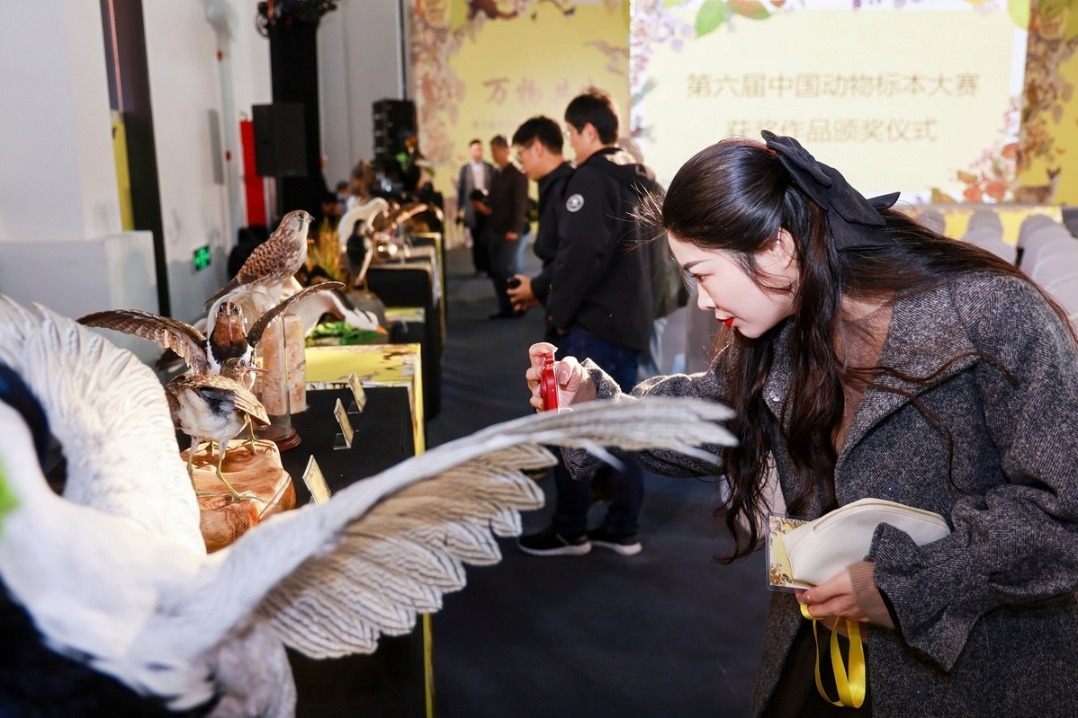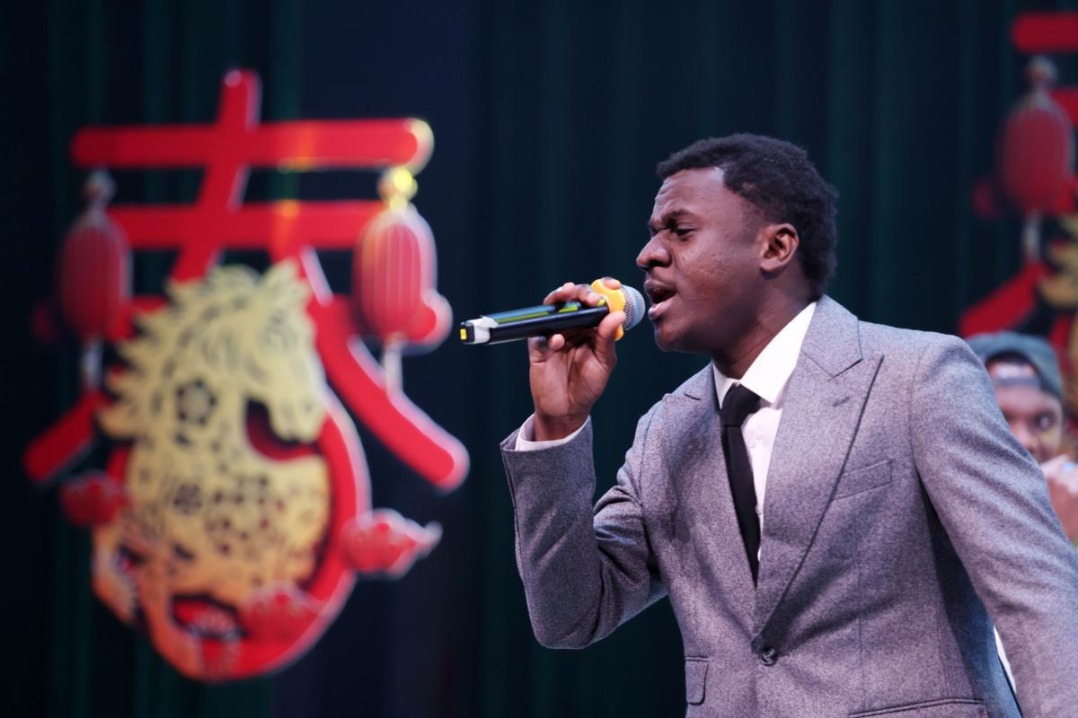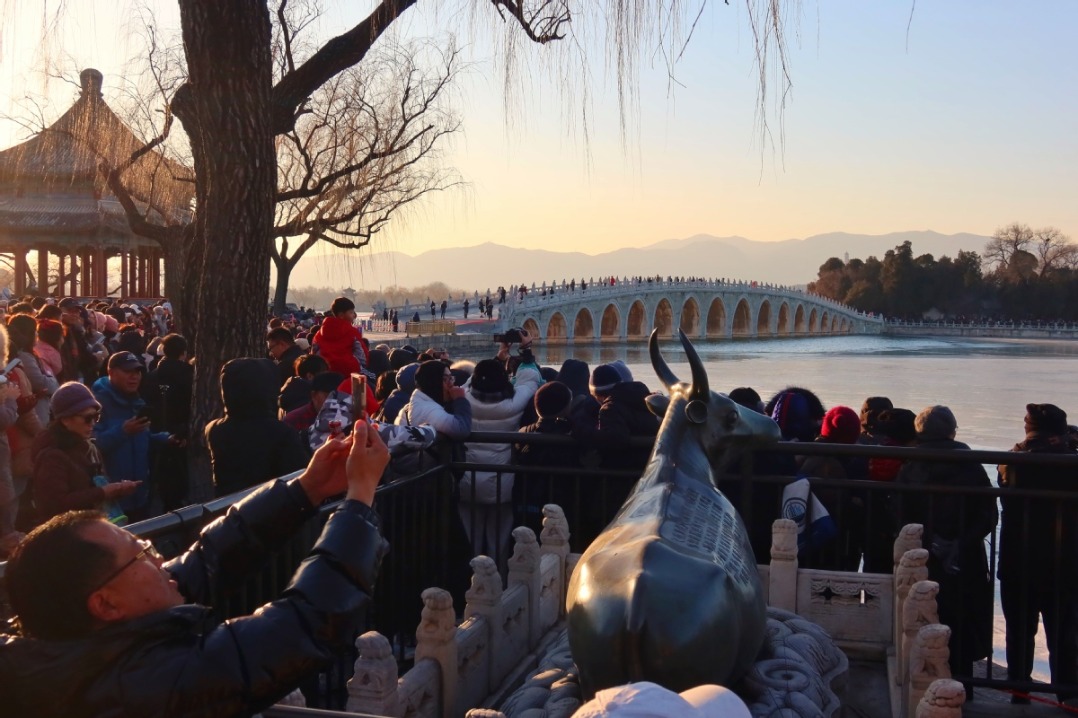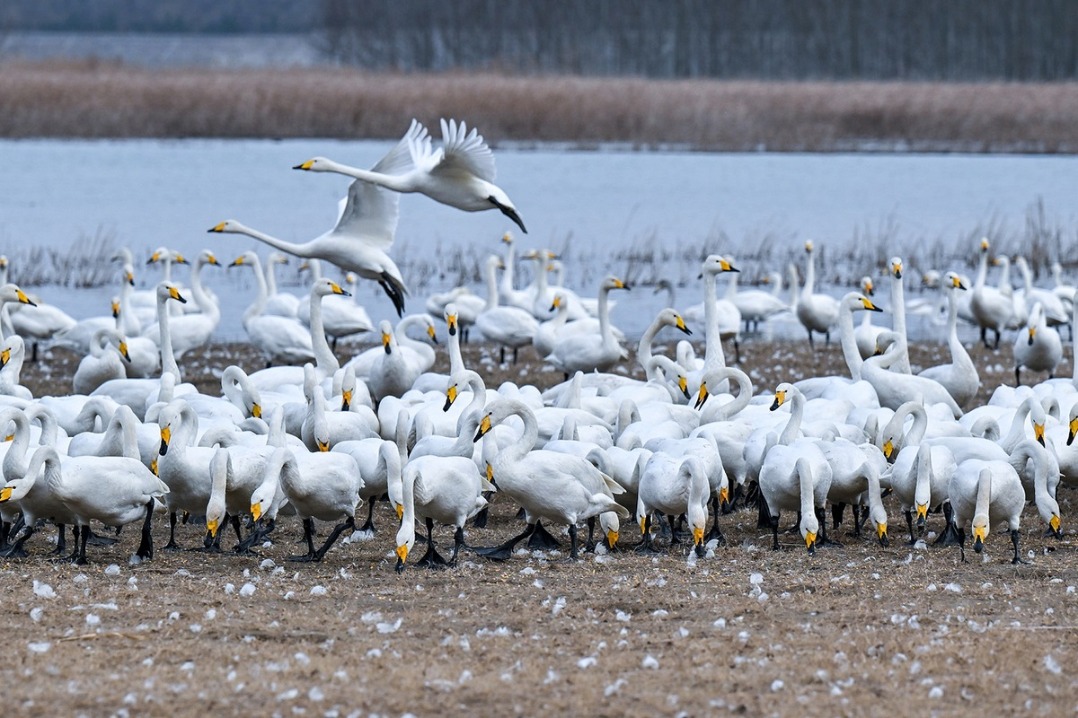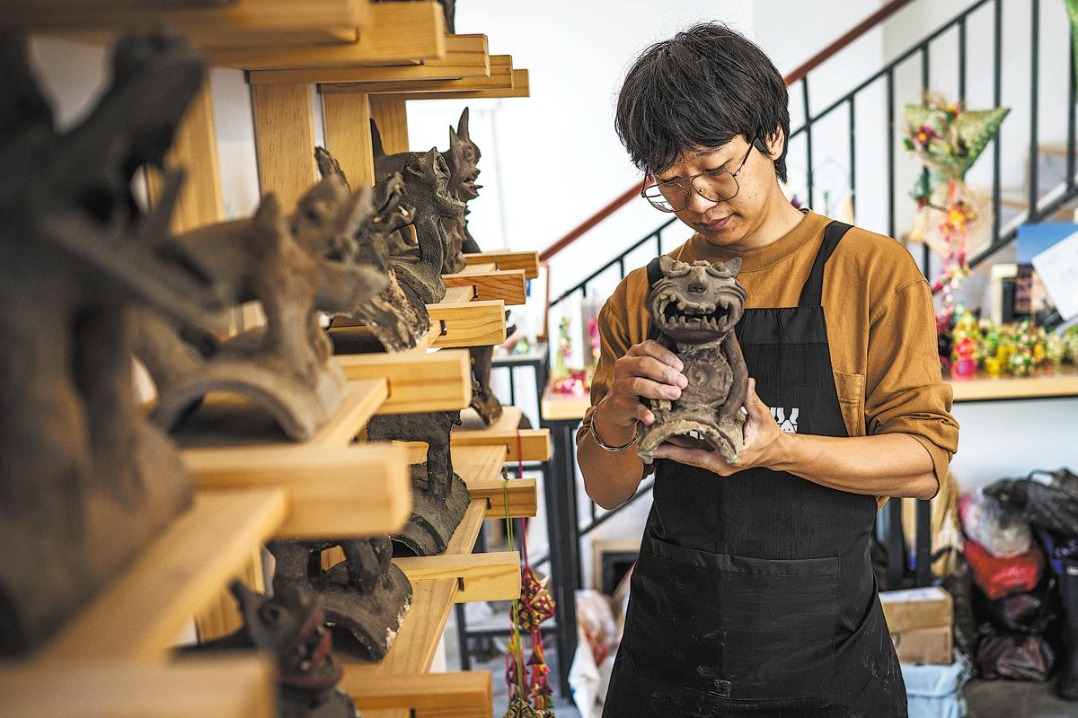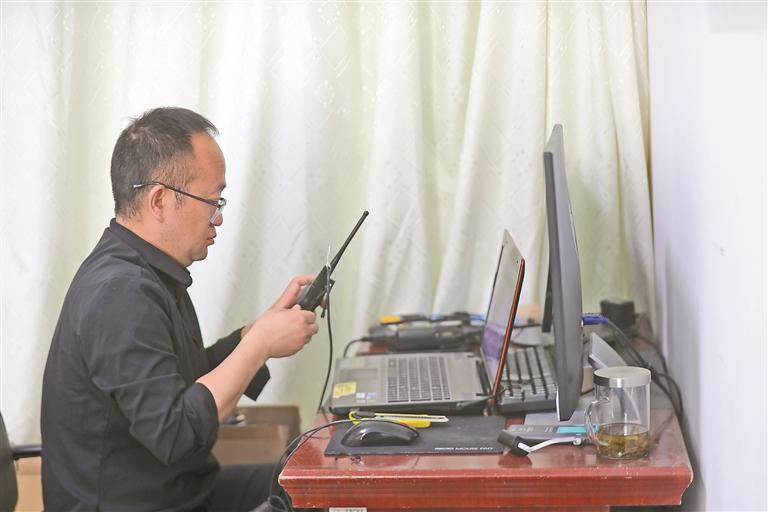Xi's visit inspires museum workers


Relics are proof of central authorities' administration of Xinjiang over ages
President Xi Jinping's visit to the Xinjiang Uygur Autonomous Region Museum on July 13 has inspired workers at the museum to carry out innovations to ensure that the institution can better tell stories about the region.
The museum, which was established in 1959, has collected around 25,000 sets of historical documents and cultural relics, and plays an active role in strengthening ethnic unity, fostering patriotism and passing on the fine traditions of Chinese civilization.
An ongoing exhibition at the museum chronicles the history of Xinjiang from the Paleolithic period-also called the Old Stone Age-to the Qing Dynasty (1644-1911), and displays more than 1,500 sets of cultural relics, among which 500 are making their debut to the public.
Among the exhibits are letters from the Tang Dynasty (618-907), which had been unearthed at the Kiyakkuduk beacon tower site in Yuli county in Xinjiang. In March, the site was listed among the country's top 10 new archaeological discoveries of 2021.
In addition, brocade discovered in the ruins of Niya in Xinjiang, on which there are eight Chinese characters that translate as "five stars rise in the East, benefiting China", is also displayed. It is thought to date from the Han Dynasty (206 BC-AD 220) and is widely regarded as a national treasure and a testament to the communication between different ethnic groups in ancient China.
"These relics provide strong evidence that the central authorities exercised administration over Xinjiang throughout the ages," said Yu Zhiyong, the museum's curator.
During Xi's visit to the museum, he noted that Chinese civilization, consisting of the fine cultures created by different ethnic groups, is extensive and profound, and has a long history stretching back to antiquity.
"Great importance should be attached to the study of the origins and formation of Chinese civilization," Xi said.
It is necessary to strengthen research on the history of the community of the Chinese nation and the pattern of the pluralistic unity of the Chinese nation, fully excavate and effectively use those historical facts, archaeological objects and cultural relics of the exchanges between various ethnic groups in Xinjiang, and make it clear that Xinjiang has been an inseparable part of the country and a multiethnic area since ancient times, he said.
"All ethnic groups in Xinjiang are important members of the big family of the Chinese nation who are linked by blood and share a common destiny."
Xi's words inspired Yu and his colleagues to keep telling stories about the cultural exchanges among different ethnic groups throughout history, and those stories show that Xinjiang has been in close contact with the Central Plains area since ancient times.
"The cultural relics can help tell the public the stories of Xinjiang," said Yu. "Meanwhile, we're exploring innovative ways to enable visitors from different ethnic groups to better experience the history and cultures of Xinjiang, as well as actively share and interact with what we offer in the museum."
The museum has been upgraded over the past four years. It reopened to the public on May 18 after its total area and number of exhibits had been doubled, and it can now receive up to 2 million visitors annually.
Technologies such as virtual reality and holographic projection are now widely applied in the museum, ensuring its visitors can enjoy an immersive experience that allows them to fully appreciate the historical stories behind each cultural relic.
In a digital exhibition hall, Reyhangul Tursun, a visitor to the museum, used a virtual-reality headset to experience the excavation site of the "Princess of Xiaohe", a naturally preserved female mummy found at the Xiaohe cemetery in Lop Nor, a largely dried-up salt lake in southeastern Xinjiang.
She said she could use the device to also experience a number of other archaeological sites across Xinjiang.
"It's an amazing experience that aroused my curiosity about the daily life of the inhabitants of the Xiaohe site around 4,000 years ago, and how they coped with the harsh natural conditions in and around Lop Nor."
In addition, three-dimensional images of more than 20,000 exhibits have been created for visitors to observe each of them from a 360-degree perspective.
Visitors can zoom in to see the details of the relics, experience the process of repairing an antique and attempt to put the digital items in a certain position in the virtual space according to their own ideas about curating an exhibition.
"If an idea can be approved by experts, we can even make it happen in physical exhibitions. We hope that such kind of interactive activities can strengthen the appeal of our museum," said He Jia, Party secretary of the museum.
Stage performances that tell the historical story behind the exhibits and scenes from the life of ancient people are also regularly performed by art troupes at the museum.
During the five-day holiday of the annual Corban Festival, also known as Eid al-Adha, earlier this month, the museum received an average of more than 5,000 visitors every day.
- Audit: China fixes bulk of fiscal problems tied to 2024 budget
- China reports major gains in circular economy
- Chinese lawmakers review draft revision to banking supervision and regulation law
- Top legislature to study draft laws on environment, ethnic unity, national development planning
- Administrative organs must secure people's interests: senior judge
- 2,309 regulations filed with China's top legislature for review in 2025

















